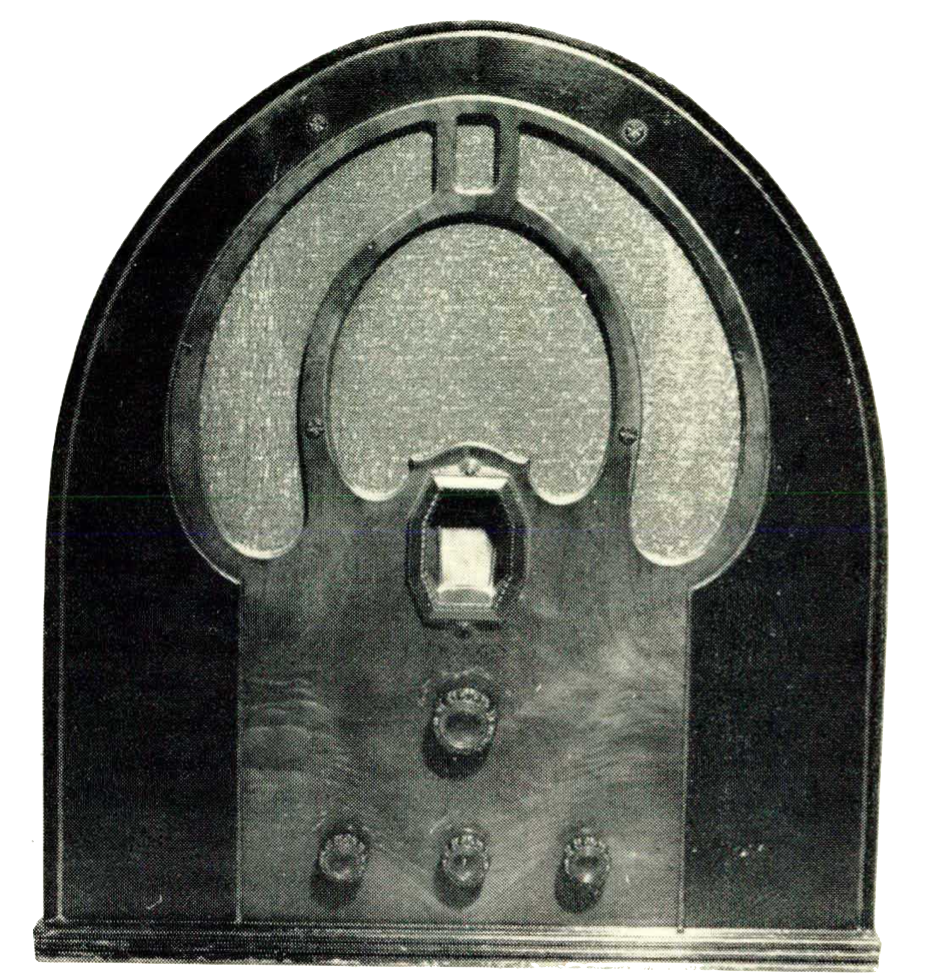The story that formed the starting point of this project is set in a fictional Orkney valley and closely follows the locals’ interactions with the first ever wireless radio to arrive in the community. This project takes The Wireless Set as something of a fable because it neatly represents the experience of being vulnerable to a globalised world and demonstrates a remedy.
The son of a local family returns from overseas carrying the radio as a gift for his mother. It arrives as an attempt to support the island and connect it to the rest of the country, but instead creates complex tensions.
‘Everybody in the big cities has a wireless,’ said Howie. ‘Even in Kirkwall and Hamnavoe every house has one. But now Tronvik has a wireless as well, and maybe we’re not such clodhoppers as they think.’
To them, the ‘disembodied’ voice spouted unreliable weather forecasts and unrelatable news. They were both repulsed and intrigued and found the concept that someone would speak to them without being in dialogue absurd. Also absurd was the notion that someone would describe their lifeworld without inhabiting it.
When WWII breaks out, residents of Tronvik go to war. Now that the community is enmeshed with the country in a new way, they are dependent on the radio. The radio becomes a vital link in matters of life or death, deeply and emotionally entwining them with a standard narrative that does not recognise their experience.

A story about the relationship between islands and the globalised world.
This project is set on Sanday, an island in Orkney, with a population of around 550. The experience of living there is largely defined by the fact that it is an island in a globalised world. Sanday has an ageing population. We live in a world in which advancements in care have led to increased longevity. Population ageing is disproportionately an issue of rural and island locations. However, other symptoms of our globalised world have brought new challenges in how we care for these ageing populations. For example, services become increasingly centralised. Centralisation can mean that a service designed for an urban setting becomes the status quo, and finds itself out of place in rural and island communities.
The experience of living on Sanday is largely defined by a relationship to the mainland. Residents rely on their link with Kirkwall, on the Orkney mainland for core services and amenities: a high school, supermarkets, a hospital. While there is an expectation to travel and a complex dependence on the mainland, connections can be disrupted because of the weather, transport links and mobility – to name only a few key barriers. This frayed connection is not only physical, but social too, as many of the key decision-makers in health care do not have a lived experience on the island. Politically, isles are often spoken about in terms of vulnerability and resilience. Their vulnerability and resilience is only such in the context of relationship with a wider structure. The setting for this project then is not just Sanday, but anywhere where this dynamic is felt.
A story of globalisation and the potential to spread one concept across vast and varied landscapes.
Standardisation
The whole country is being fed the same information and values. Yet the voice on the radio comes from the country’s capital city.
Centralisation
Dominant values and resources are rooted in one place that is inaccessible or unfamiliar to many. The voice on the radio speaks for the country’s experience, but the islanders are confused because from where they’re standing, things look different.
Communication and Dialogue
The locals try to speak back but realise the system is not designed in such a way that prioritises or enables two-way dialogue.
These carry implications about Belonging. The locals are silenced, and their perspective is not recognised in the dominant narrative. However, where they’d previously had little concept of such a system, they become dependent on it.
Embodied v disembodied experience of space
Communities can become dependent on a system that misunderstands their lived embodied experience of their space.
In GMB’s story, this misrepresentation is at first bemusing to the islanders but the one-way assertion of urban and standardised systems evokes much stronger feelings of anger and neglect when it comes to dictate their experience of more weighted issues. The story is set in 1939 so we see this when WWII breaks out. Howie and others are deployed, firmly enmeshing the community collectively and personally in every bit of news that might now affect them. Here we also see that communities’ misunderstandings around one another’s experience of landscape (urban and rural)…
creates a dynamic that becomes clearer and more weighted in the context of events and practices concerning the country as a whole.The voice is a representation of a centralised institutional authority that umbrellas the island with a singular country-wide narrative without any resemblance of a physical presence there. By speaking for the country in such a way that doesn’t speak to the islander’s personal experience of it, it carries further notions about their belonging or social centrality in the country.
